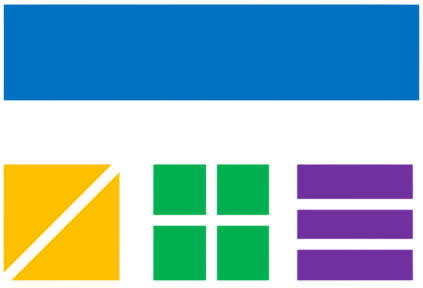Depreciation Calculator Information
What is Depreciation?
Depreciation Calculator helps you calculate how assets lose value over time for tax and accounting purposes. This calculator supports multiple depreciation methods including straight-line, declining balance, MACRS, and sum-of-years digits. It's essential for businesses, accountants, and anyone managing asset values over time.
Depreciation is the systematic allocation of the cost of a tangible asset over its useful life. It represents the wear and tear, deterioration, or obsolescence of the asset over time.
- Match expenses with revenue in the period they occur
- Reduce taxable income
- Accurately reflect asset values on financial statements
- Plan for asset replacement
Depreciation Methods Explained
Common Depreciation Methods
Straight-Line Depreciation
The simplest method where an equal amount is depreciated each year.
- Asset Cost = Original cost of the asset
- Salvage Value = Estimated value at end of useful life
- Useful Life = Number of years the asset will be used
Declining Balance Depreciation
Accelerated method where more depreciation is taken in early years.
- Book Value = Asset cost minus accumulated depreciation
- Rate = Acceleration factor (e.g., 200% for double declining)
MACRS (Modified Accelerated Cost Recovery System)
Tax depreciation system used in the United States with predefined recovery periods.
- MACRS Rate = Predefined percentage based on property class and year
Sum-of-Years Digits Depreciation
Accelerated method using a fraction based on remaining useful life.
- Sum of Years = Sum of digits from 1 to useful life (e.g., 1+2+3+4+5=15 for 5 years)
How to Use This Calculator
- Enter Asset Cost: Input the original cost of the asset
- Set Salvage Value: Enter the estimated value at the end of useful life
- Choose Useful Life: Specify how many years the asset will be used
- Select Depreciation Method: Choose the appropriate calculation method
- Configure Method-Specific Options: Set rates, MACRS class, or conventions
- Calculate: Click calculate to see the depreciation schedule
Depreciation Calculation Examples
Example 1: Straight-Line Depreciation
Annual Depreciation: $9,000 | Total Depreciation: $45,000
Example 2: Declining Balance (200%)
Year 1: $20,000 | Year 2: $12,000 | Year 3: $7,200 | Year 4: $4,320 | Year 5: $2,592
Example 3: MACRS 5-Year
Year 1: $10,000 | Year 2: $16,000 | Year 3: $9,600 | Year 4: $5,760 | Year 5: $5,760 | Year 6: $2,880
MACRS Property Classes
MACRS Recovery Periods
Personal Property
- 3-Year: Race horses, special tools
- 5-Year: Automobiles, computers, office equipment
- 7-Year: Office furniture, machinery, equipment
- 10-Year: Boats, fruit trees
- 15-Year: Land improvements, gas stations
- 20-Year: Farm buildings, municipal sewers
Real Property
- 27.5-Year: Residential rental property
- 39-Year: Commercial buildings, warehouses
MACRS Conventions
Depreciation Conventions
Half-Year Convention
Assumes the asset was placed in service in the middle of the year, regardless of when it was actually placed in service.
Mid-Quarter Convention
Used when more than 40% of the total cost of personal property is placed in service in the last quarter of the tax year.
Mid-Month Convention
Used for real property (buildings) and assumes the asset was placed in service in the middle of the month.
Tax and Accounting Considerations
Depreciation affects both financial accounting and tax reporting. The method chosen can significantly impact cash flow and tax liability. Consult with a tax professional or accountant for specific guidance.
Important Notes
- MACRS is required for tax purposes in the United States
- Different methods may be used for book vs. tax purposes
- Bonus depreciation and Section 179 may apply
- State tax rules may differ from federal rules
- Keep detailed records of asset purchases and dispositions
